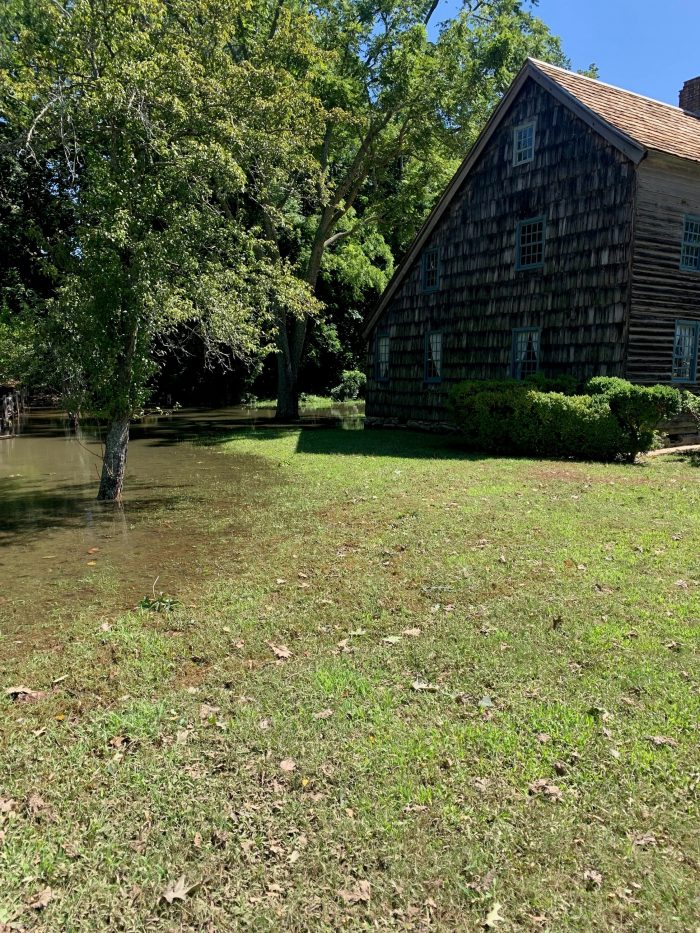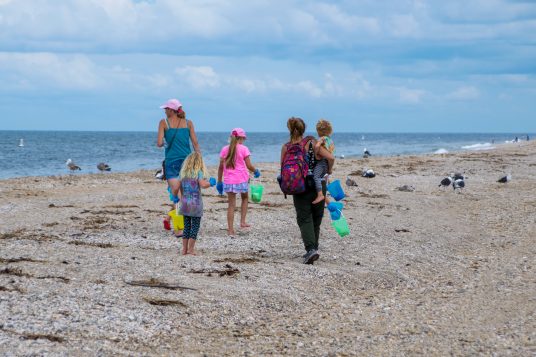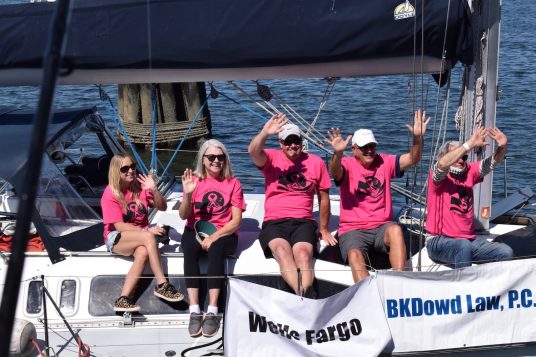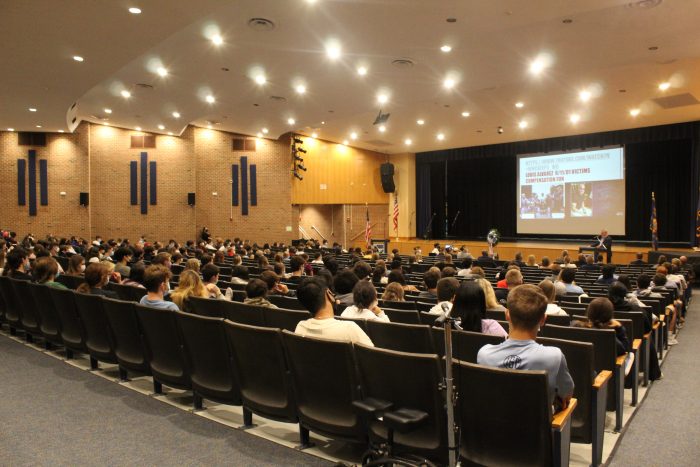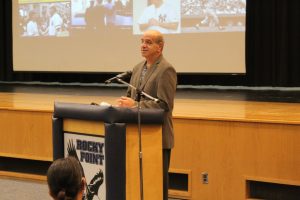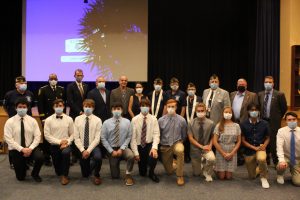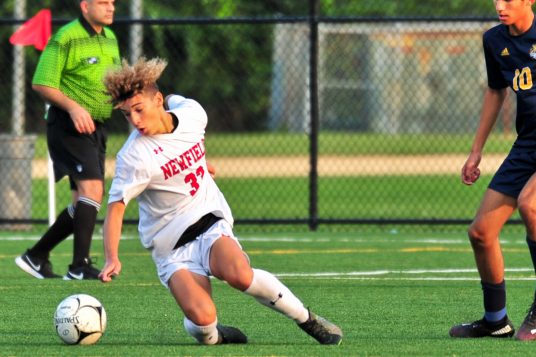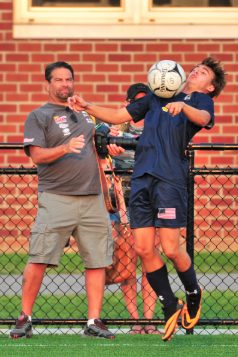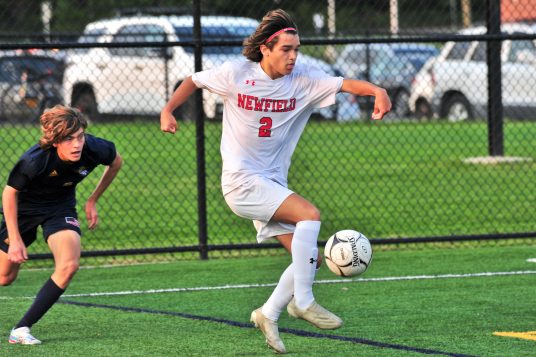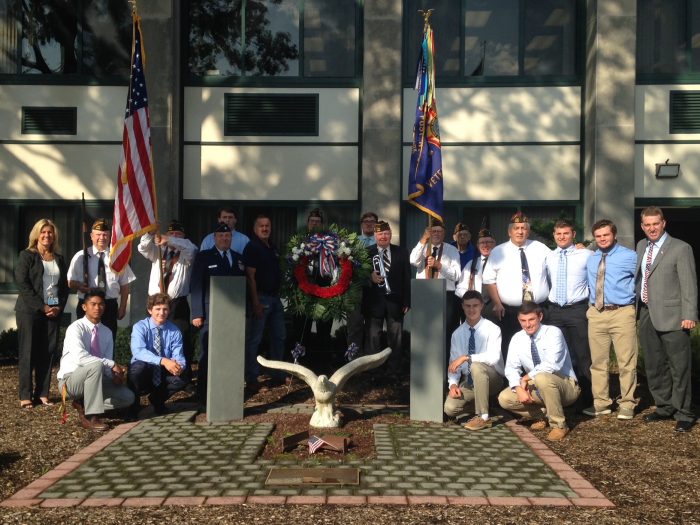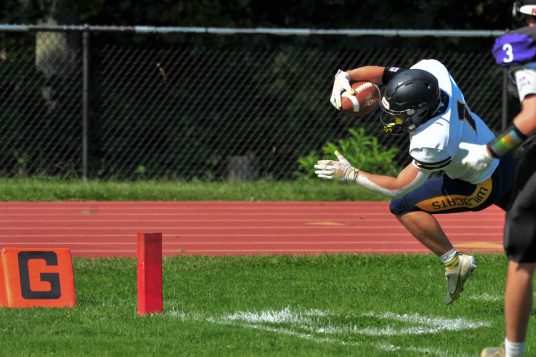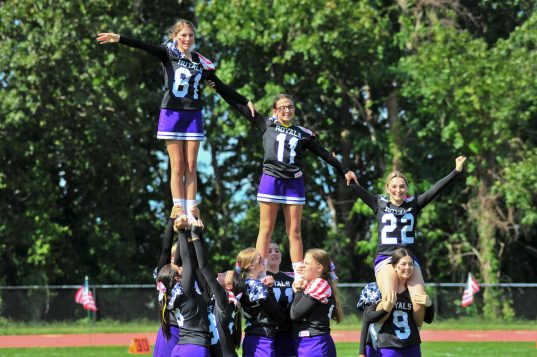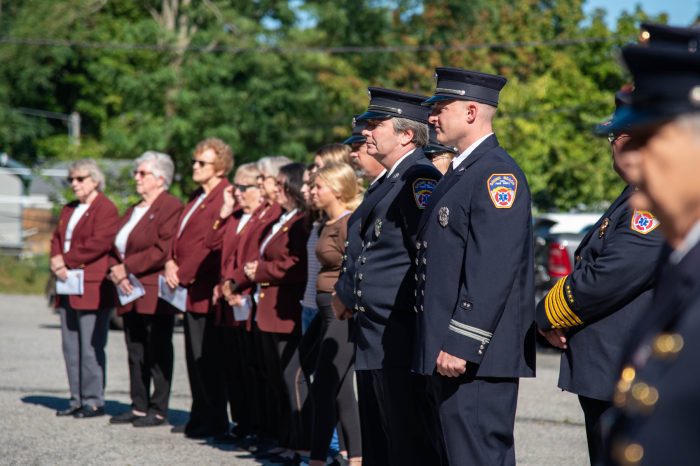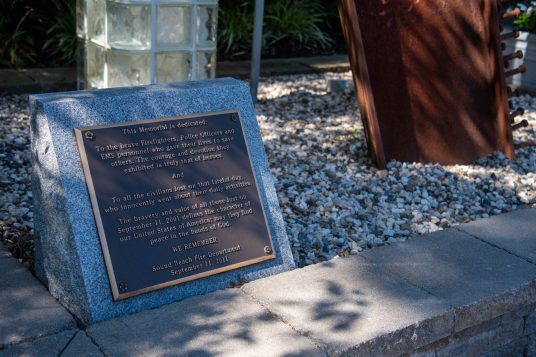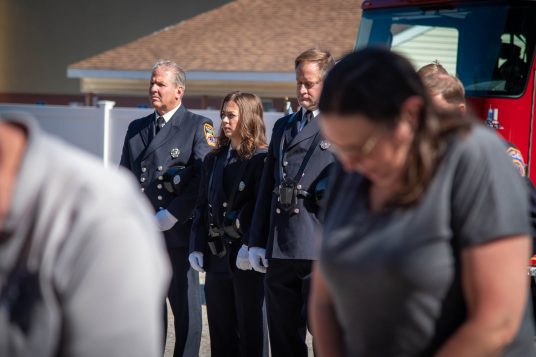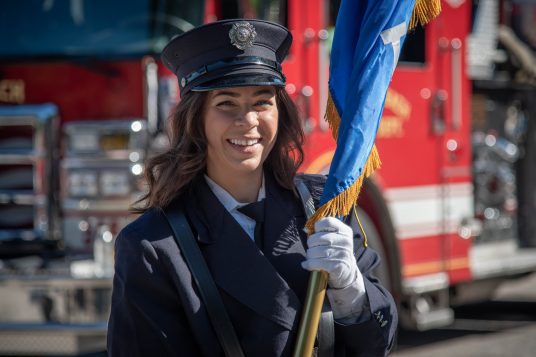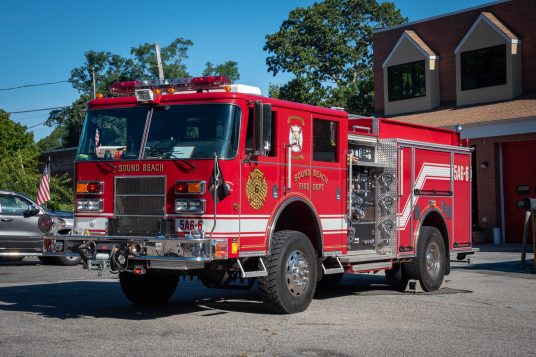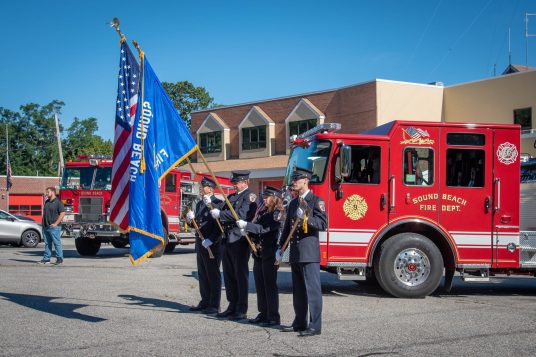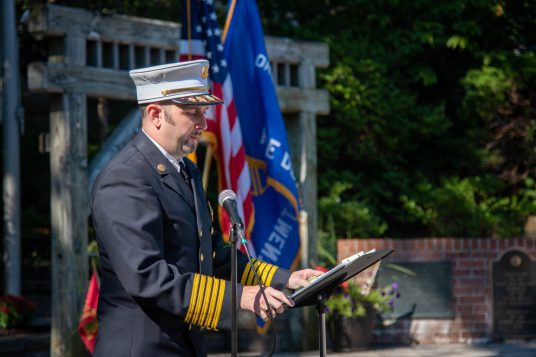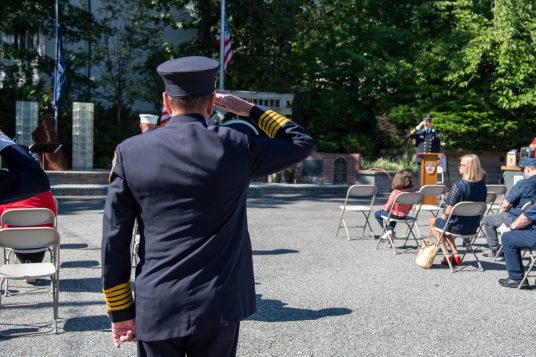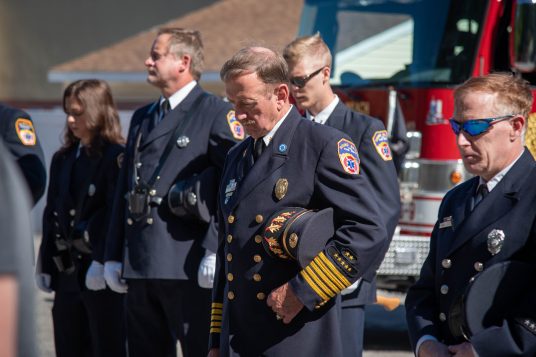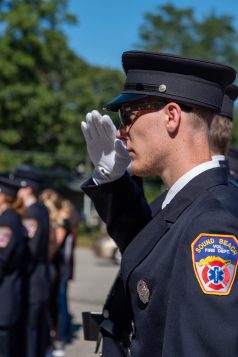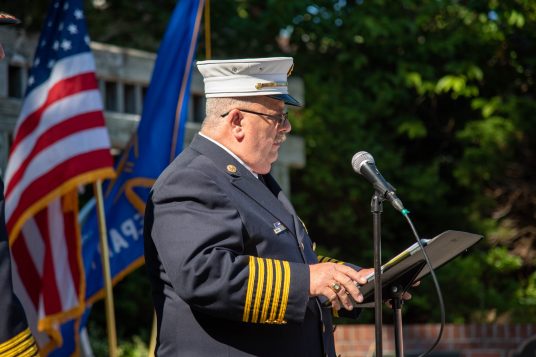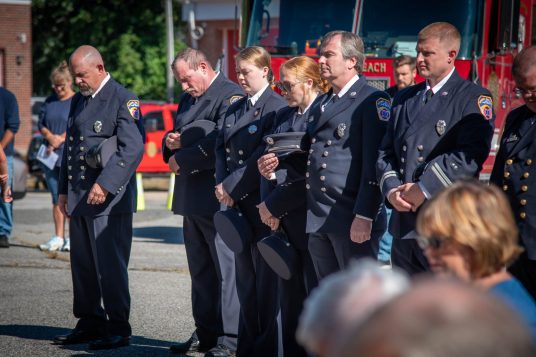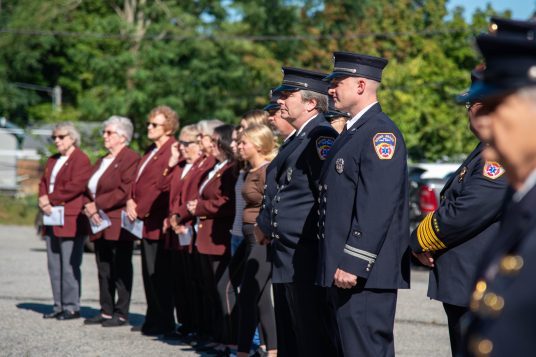With Hurricane Ida taking lives and causing destruction from Louisiana to New York, New Jersey and Connecticut, some scientists see longer term patterns reflected in the power and destruction of this storm.
Kevin Reed, associate professor at the School of Marine and Atmospheric Sciences at Stony Brook University, said a group of experts on the topic are working on research related to the climate impacts on Ida. No specific timeline is set for such an analysis, which would be similar to what the World Weather Attribution initiative is doing.
“It’s more and more clear that there’s some connection” between a warmer climate and more severe storms,” Reed said. The sooner scientists can make that link, the “more impactful and useful” any such statements or determinations could be.
While Reed hasn’t done any formal research yet on Ida, he has considered some of the specific aspects of this storm.
Rainfall rates of over 3 inches per hour, which set a record in Central Park, are “what you would expect in terms of climate impact.”
Previous modeling work indicates that increasing global temperatures raise the likelihood of extreme rainfall.
Reed hopes researchers can build methodologies and refine their approaches to apply what they know about climate to severe weather events like Ida, which command attention as they approach, once they make landfall and, in their aftermath, as cities and states rebuild.
What’s clear from some of the work he’s done is that “climate change is not a long-off problem, it’s already changing storms” in terms of the amount and intensity of rainfall.
The recent Intergovernmental Panel on Climate Change report emphasized that climate change is increasing the rainfall from storms.
Reed suggested it would help in terms of prevention and planning to develop ways to refine the understanding of the link between climate change and storms.
Researchers should “produce this type of information, almost at the same frequency as weather forecasts.”
Larger storms have become a topic on people’s minds in part because disruptive weather events like hurricanes Ida (2021), Laura (2020), Dorian (2019), Florence (2018), Harvey (2017) and Matthew (2016) seem to happen so much more frequently.
Scientists are continuing to try to “quantify the impact” of how the characteristics of an event might have changed because of a warmer climate, Reed said.
Research has been evolving to address society’s most pressing and urgent questions.
Indeed, climate change can and likely has contributed to heavier snowfall events, despite the broader trend towards warmer temperatures.
Some scientists have linked the melting of Arctic ice to the weakening of the polar vortex, enabling colder air to come south toward the continental United States and, in particular, the Eastern Seaboard.
The impacts from climate change are “going to get larger and more significant,” Reed said. “We have an opportunity to mitigate that. If we reduce our emissions the world will warm by half a degree to a degree. That still is offsetting potentially disastrous impacts of going beyond that.”
Recognizing the impact of climate change is a necessary step in reducing the likelihood of future extreme and variable weather events.
The kind of changes necessary for a sustainable future “takes leadership at the national and international level,” Reed said.

